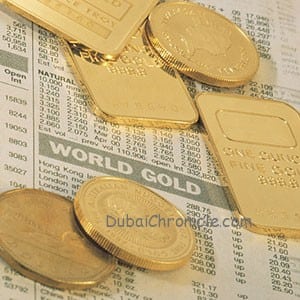
Gold prices are expected to weaken in the coming week. This belief is mainly driven by investors concerns about what action the U.S. Federal Reserve will take with its quantitative easing program.
Last Friday, gold futures closed lower, suffering a loss of almost 6% for the week. Gold for December delivery fell $22, or 1.7%, to settle at $1,308.60 an ounce on the Comex division of the New York Mercantile Exchange.
Next week at the two-day Federal Open Market Committee meeting which will conclude on Wednesday, the US Federal Reserve is expected to reduce by $10 billion to $20 billion its current monthly buying of $85 billion treasury and mortgage-backed securities.
Still, from a contrarian point of view, gold could see a knee-jerk reaction and jump higher as the sell-off going into the meeting has been swift. Many market participants have been selling gold during the past few months, well ahead of the meeting. In addition, according to latest data, the economic recovery in the U.S. is not as strong as expected.
Elsewhere, negotiations on ridding Syria of its chemical weapons are not yet a done deal. Political risk, mainly concentrated in the Middle East and North Africa, still remains on the cards.
In a research note released last Thursday, HSBC said it is raising its 2013 average gold price estimate to $1,446 an ounce, up $50 from its previous forecast, based on the surge in physical buying. It left its 2014 and 2015 forecasts unchanged at $1,435 and $1,395, respectively, and its long-term forecast unchanged at $1,500.
A massive increase in physical demand for jewelry, coins, and bars from China, prevented further decline in gold prices caused by investors selling their holdings of exchange-traded funds and net-long positions on the Comex, based on the reduced demand for safe havens and expectations of U.S. monetary policy shift. In addition, central banks remain gold buyers in the coming months, although they may buy less.
































